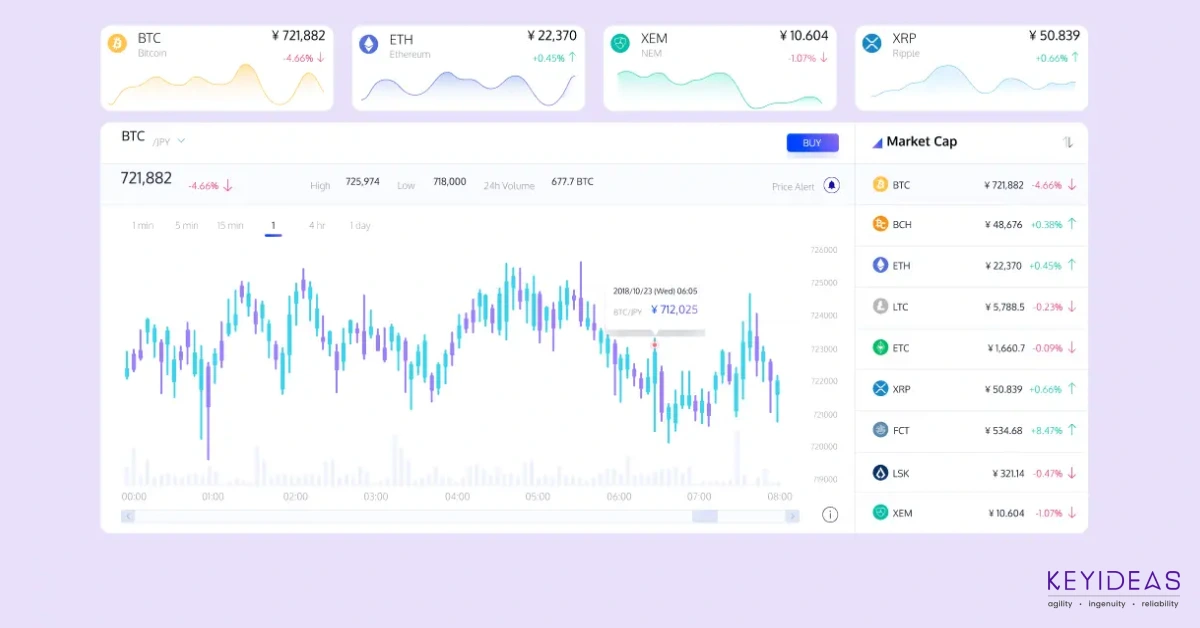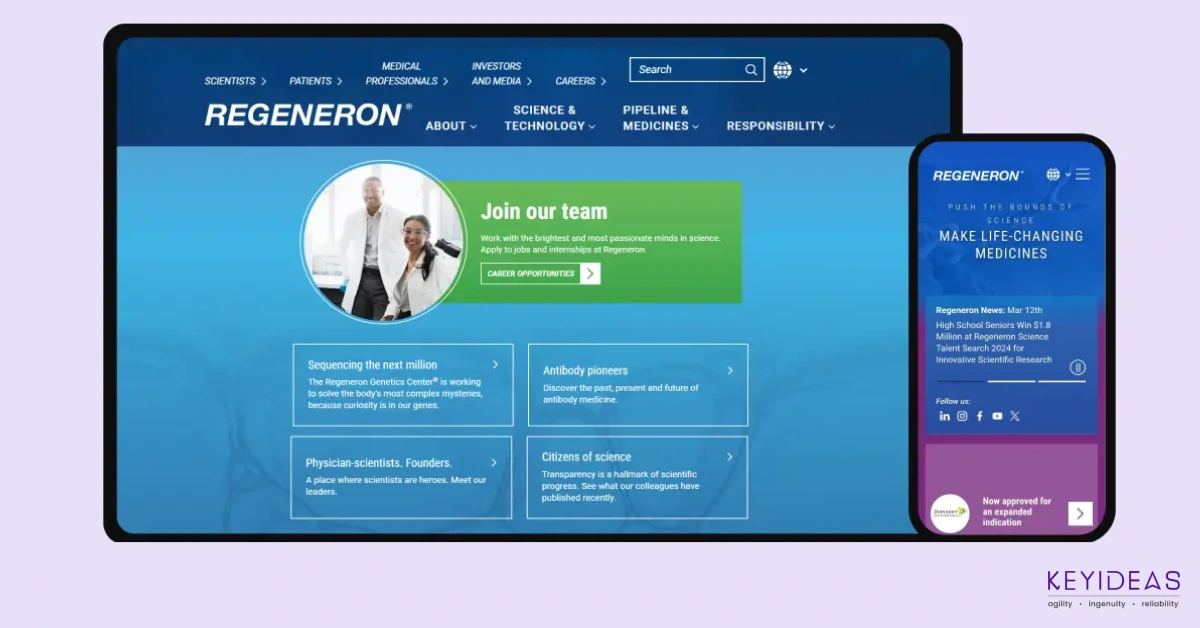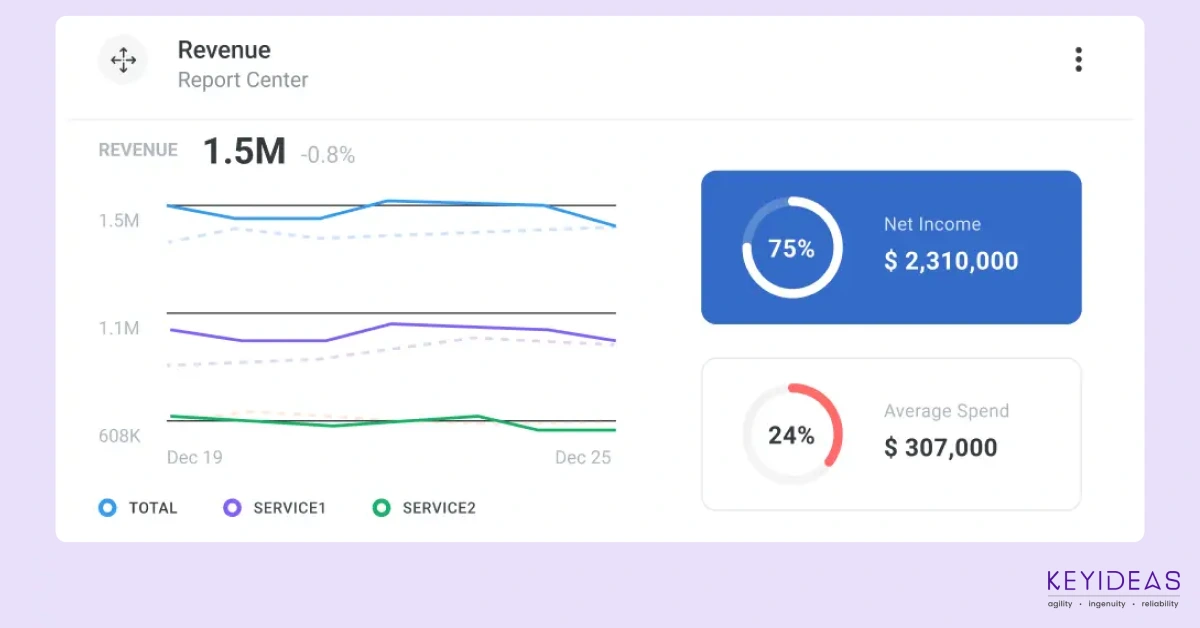
How to Add E-commerce to Your Website?
To add e-commerce functionality to your website, start by selecting a platform that supports online sales and integrating it into your existing web design. Consider options like WooCommerce or Shopify for user-friendly integration.
You may need to consult with a web development expert to ensure a seamless setup and optimal user experience. Additionally, prioritize features such as secure payment processing and inventory management.
Focus on creating a mobile-friendly site to cater to the growing number of consumers shopping via smartphones.

Incorporate E-commerce Plugins on Your Website
E-commerce plug-ins can transform your website into an online store without extensive web development. By choosing user-friendly plug-ins that align with your web design, you can easily add product listings, shopping carts, and checkout features.
This approach allows you to maintain a cohesive look while enhancing functionality.

Integrate a Payment Gateway into Your Website
Integrating a payment gateway is crucial for facilitating secure transactions on your e-commerce site.
By incorporating trusted payment solutions into your web design, you ensure that customers have a smooth and secure checkout experience. This step is essential for building trust and encouraging repeat purchases.
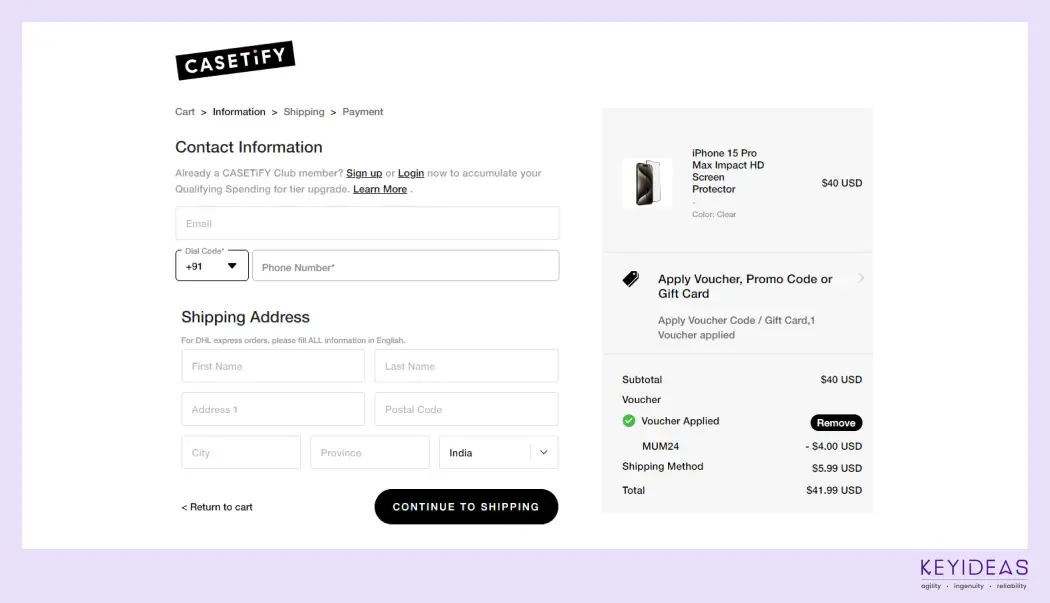
Connect Your Website to Online Marketplace Platforms
Syncing your website with online marketplace platforms expands your reach and enhances visibility. By utilizing mobile development tools, you can streamline inventory management and synchronize product listings across various marketplaces.
This integration allows for a cohesive shopping experience and boosts your online sales potential.
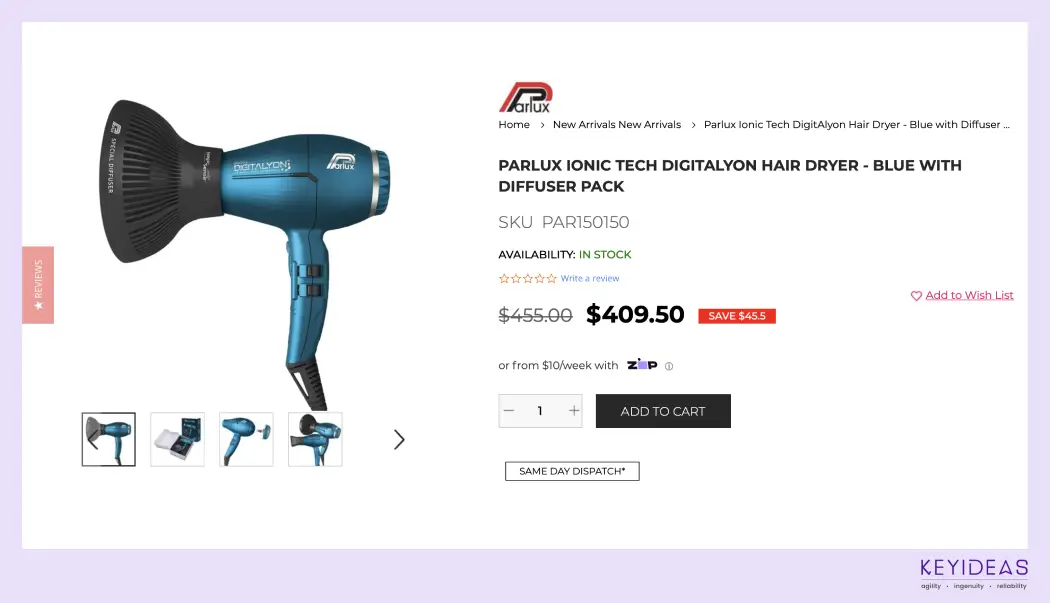
Prime Benefits of Online Store Software
Utilizing online store software offers numerous advantages, including simplified management of product listings, streamlined order processing, and robust analytics for performance tracking. This software often comes with built-in SEO features, enhancing your web design for better visibility.
User-Friendly Interfaces
Enhancing the shopping experience on e-commerce websites relies on intuitive design and easy navigation. By prioritizing user-friendly interfaces, businesses can help customers quickly find what they need, improving satisfaction and encouraging repeat visits.

Inventory Management
Inventory management is crucial for e-commerce businesses, ensuring that stock levels are accurately tracked and maintained. Efficient inventory systems help prevent stockouts and overstock situations, optimizing supply chain operations and enhancing customer satisfaction.
Mobile Responsiveness
Ensuring that e-commerce websites are mobile responsive is vital for catering to the growing number of consumers shopping on their smartphones. A mobile-friendly design enhances user experience, leading to higher engagement and increased conversion rates.
What is the Best E-commerce Software for an Online Store?

When selecting e-commerce software for your online store, consider platforms like Shopify, WooCommerce, and BigCommerce. These solutions offer flexible web design options and are equipped with robust features for managing sales and payments.
Investing in reliable mobile development can further enhance the performance of these platforms, providing a better shopping experience for customers.
Software Development Outsourcing has been an increasingly popular trend for several years now. Find out benefits of offshore and outsource.
Mobile e-Commerceis a natural progression of eCommerce as Mobile e-Commerce Increase Customer Loyalty and Retention of the customer.
Build Responsive & SEO Friendly eCommerce Websites to increase revenue, increase total global traffic, maximize sales and conversion rates.
Offshore outsourcing is becoming popular as it reduces overhead costs for the company without having to sacrifice the quality provided to the customer.
